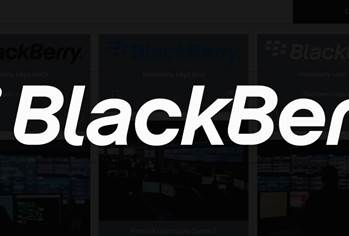ISP Unwired has recorded a small increase in the number of smartphone users accessing its free WiFi network, but doesn't expect the iPhone contingent to abandon it for 3G tethering any time soon.
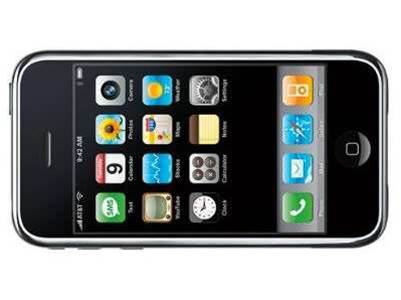
The ISP said the number of handheld devices accessing its hotspots had grown from 27 to 29.7 per cent since mid-April.
Some 19 per cent of those users had an iPhone and a further eight per cent connected with an iPod Touch.
The remaining users had Symbian-based handsets.
Unwired tracks the type of operating system accessing its network via Google Analytics, which sits under the log-in page that users access at its 350 uConnect hotspots in Sydney and Melbourne.
The system, however, does not track the amount of data that smartphone users such as those with iPhones pull down per session.
Once a person accesses a hotspot their usage becomes one part of the total consumption figure from that location and can't be broken out, according to Unwired's corporate and regulatory affairs manager David Havyatt.
iPhones are recognised to pull down significantly more data per session than regular phones and even personal computers.
Amethon said last year that Australian iPhone users were consuming an average 2MB per session, compared to the 300Kb per session of "normal" mobile web users.
iTnews also reported yesterday comments from Optus suggesting iPhone users were higher consumers of data than even the telco had expected.
Unwired is no different in this respect. Its chief David Spence said in a statement today that the frequency of smartphones accessing its hotspots had also "initially surprised" them.
"When you realise that these devices already have wireless connectivity through 3G networks, you wouldn't expect them to be appearing in hotspots," Spence said.
But at least for now it seems Unwired is unconcerned that further increases in the number of iPhone users on its hotspots could strain its 3.5GHz network in similar ways to Optus' widely reported 3G network issues this past year.
One reason could be that Unwired has few plans to expand its footprint beyond the current 350 hotspots, according to Havyatt.
Also, businesses that buy the hotspots and the users themselves are already subject to few limits in terms of the amount of data they can pull down - suggesting there is still capacity to cope with further smartphone growth.
"There is a notional limit to shaping [hotspots] but it's never been used," Havyatt said.
"It's fairly high and we haven't had a reason to review it.
"There's also no session limit for users, but the front [log-in] page has all the terms and conditions of use."
Havyatt said Unwired wasn't threatened by the ability of iPhone 3GS users to tether the device to a PC and use it as a modem.
"While 3G data prices are where they are we're not worried what people do with 3G data," he said.
This sentiment was also supported by Spence.
"We assume that it is the high price and limited performance of the 3G networks that results in [iPhone] users accessing [internet] via a WiFi hotspot rather than their mobile service provider," he said.


_(22).jpg&h=140&w=231&c=1&s=0)

.png&h=140&w=231&c=1&s=0)




_(26).jpg&w=100&c=1&s=0)

 iTnews Executive Retreat - Security Leaders Edition
iTnews Executive Retreat - Security Leaders Edition






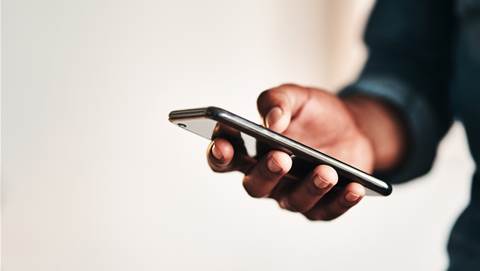
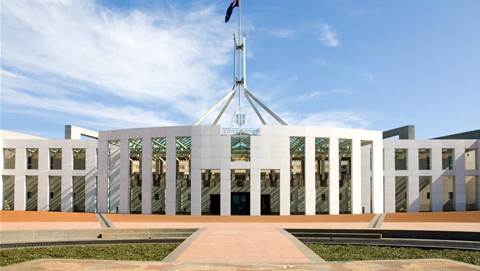



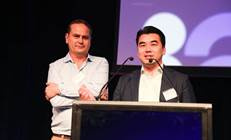
_(1).jpg&h=140&w=231&c=1&s=0)



